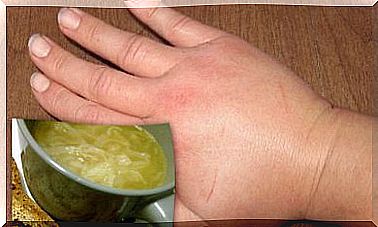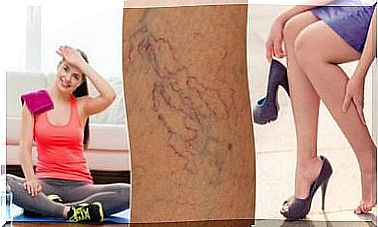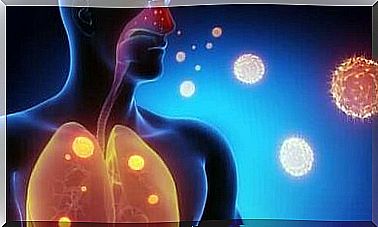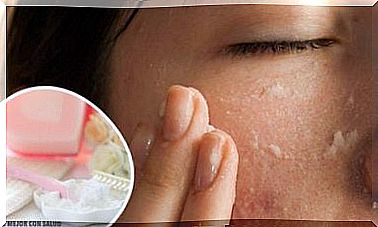Causes Of Age-related Macular Degeneration
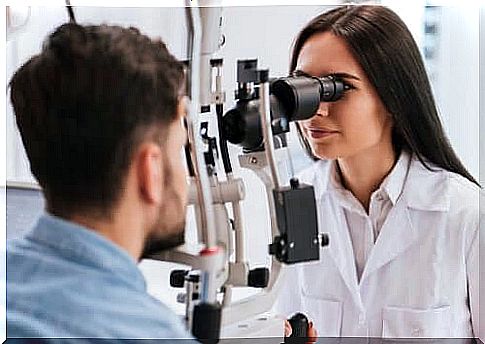
Age-related macular degeneration is an eye disease characterized by a progressive decline in central vision, or the area of accurate vision. This makes it increasingly difficult to see and read small details. In this article, we will look at the causes of age-related macular degeneration and its different types.
The disease is called age-related degeneration because it is significantly more common in people over the age of 50 than in younger people. Normally, the condition develops slowly over time, but sometimes it can progress faster.
What is age-related macular degeneration?

Age-related macular degeneration is particularly related to the problem with the retina. This is a photosensitive tissue located at the base of the eye. Its job is to convert light and images into electrical impulses that are transmitted to the brain.
The macula is located in the middle of the retina. It is a yellow dot whose job is to detect the smallest details in visual observations. In age-related macular degeneration, this central vision deteriorates, but peripheral vision remains normal.
The disease is more common in smokers and overweight people. It is also more common in people with high blood pressure, high cholesterol and diabetes.
Different types of age-related macular degeneration
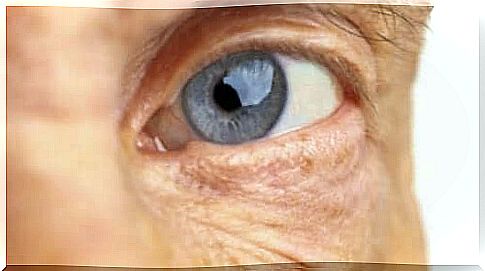
There are two types of age-related macular degeneration: moist and dry.
Moist age-related macular degeneration occurs when blood vessels grow abnormally in the retina. These blood vessels are fragile and easily leak blood and fluid. This causes the yellow spot to rise above its normal position, which damages it and wears it off quickly.
The moist type is the most severe form of age-related macular degeneration. One of its first symptoms is seeing straight lines wavy.
Dry age-related macular degeneration, on the other hand, is the most common form of this disease. It occurs when the photosensitive cells in the macula begin to degenerate. The vision blurs, and the central vision is getting weaker.
It develops in three stages:
- Early age-related macular degeneration. At first, no symptoms appear. However, examination of the retina shows that there are yellow accumulations, or drusenes, beneath it.
- Moderate age-related macular degeneration. There are either a lot of drusen in the patient’s eyes or they are big. Vision may be blurred and the patient may need more light to read.
- Advanced age-related macular degeneration. At this stage, there are many drusenes and there is also cell and tissue degeneration in the central part of the retina. The patient’s central vision is opaque and blurry. Reading and recognizing faces is difficult.
Causes of age-related macular degeneration
Experts are still not sure what causes age-related macular degeneration. It is, of course, related to the natural deterioration of the body with age, but little is known about this.
It is well known that some risk factors can accelerate the onset of the disease. The most important of these are:
- You will create
- Smoking
- Nutritional factors such as a high fat diet
- Caucasians are more susceptible
- Female gender
Diagnosis and prognosis
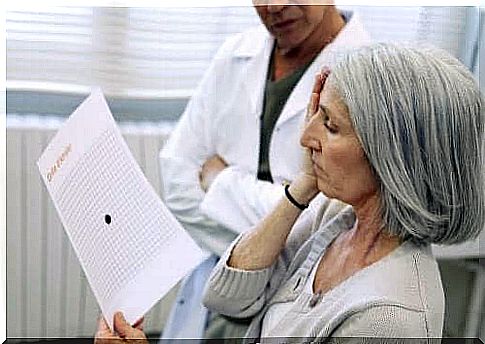
Typically, age-related macular degeneration is observed in a visual examination. The tests include the following:
- Visual accuracy test. This measures the patient’s vision from different distances.
- Tonometry measures the pressure in the eyes using a special device.
- Pupil dilation. The doctor puts drops in the patient’s eyes to dilate the pupils. The doctor then examines the retina and optic nerve with a magnifying glass.
- Amsler Map Test. This map resembles a chessboard. The patient covers one eye with his hand and looks at the black dot in the center of the map. He then repeats the exercise with the other eye.
The prognosis for age-related macular degeneration is generally good. Impaired vision usually does not severely affect functioning. In contrast, age-related macular degeneration is often associated with severe visual impairment, rendering the patient unable to perform tasks that require seeing precise details.
If you notice any of the symptoms mentioned in this article, see your doctor. Your doctor will give you the best possible treatment for your condition.



